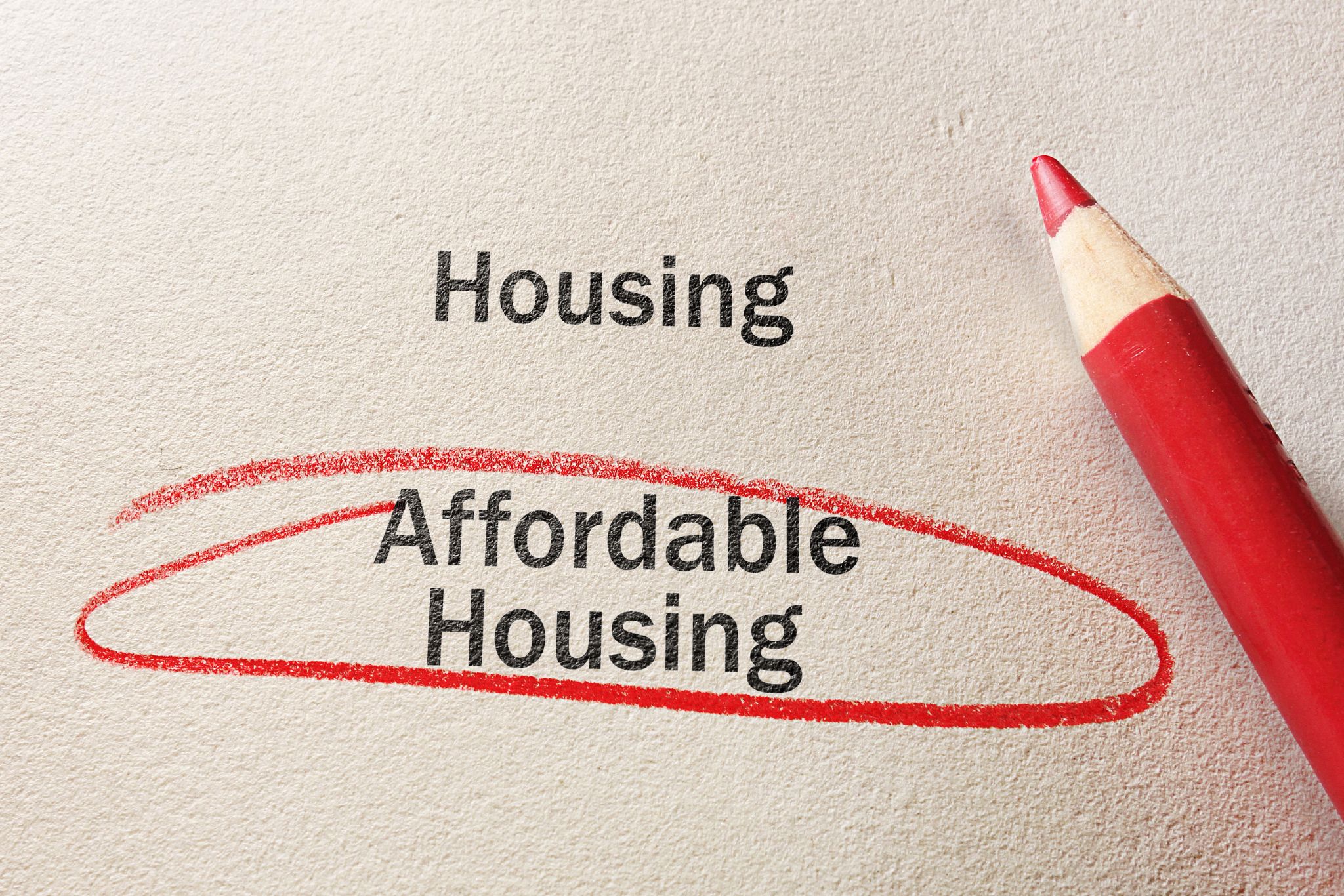The American dream seems to be dead, partially. At least one aspect of it. With the mortgage rates hitting a 23-year high during the first two weeks of October 2023 and the housing market drowning in complete despair, the entire nation has its heads in its hands, unable to brainstorm a way in which they can dig themselves out of the grave.
The options seem to be little to none and owning a home to call your own is a pipe dream. However, hope is a thing with feathers. Therefore, Americans can’t help but fall into thought as to whether there exists at least a sliver of optimism and whether the housing market is revivable, at least in the long run. A loaded question. One that has its own twists and turns. Especially because as of recently, housing affordability has dropped by nearly 50%, and the shortage of houses has reached its zenith along with the interest rates.
How did the US get here in the first place?
Is it because the government played Russian roulette with the general public and the housing market? Is it because of American culture? Is it because of the billionaires? Is it because of the invisible and illogical housing laws that are followed like clockwork? A sea of possibilities that could have been the root cause of the current situation of the American housing market. We are informed enough to know by now that it was not one thing that led to the downfall but rather a cluster of forces that worked in tandem.
In terms of affordability, one key factor that pushed the country towards this situation, one that is not spoken about as much as it should be, is the zoning law that dictates America’s housing market. And this goes way back to the early 1900s. To be precise, in 1910, a notable shift occurred in US urban planning along with the implementation of zoning policies that would inadvertently contribute to the present-day housing shortage. These policies, specifically single-family zoning laws, formed the foundation of the hitch we are subjected to today.
These laws enforce rigid rules about land use in different areas of the city. In one part of town, only factories are allowed; in another, only apartment buildings can be constructed; and in yet another, only single-family houses are permitted. While zoning laws initially came into being as a means of protecting the home values of millions of Americans, they later turned into a nightmare that acted as a barrier against the development of projects that could have converted small villages into larger towns and larger towns into cities. Zoning laws, particularly single-family zoning, had a profound impact on how the housing landscape was shaped. This not only influenced the property values but raised doubts about their long-term implications for housing availability and affordability. As a result of this, more than a hundred years down the line, homes cost an arm and a leg, housing construction is falling short of demand and the US housing market is short of some 6.5 million homes. Numbers that are truly concerning.

While there is no quick fix for this issue, to make amends and repair the issues of housing scarcity and affordability, experts in the fields of economics and urban planning propose the strategy of ‘upzoning’. This involves loosening the zoning regulations to permit the construction of more densely populated and taller housing structures, such as duplexes, triplexes, and townhomes. While upzoning may not be the fix-it-Felix of it all, it does serve to mitigate the upward trajectory of housing costs by aligning supply with demand.
When placing the income of most families, against the backdrop of unaffordable housing, it looks like bad news. As of August, the National Association of Realtors (NAR) reported that the median-income family fell short by $9,000 of the income required to afford the median-priced existing home. As mentioned in CNBC, the recent surge in interest rates has pushed an additional five million American families below the threshold to qualify for a $400,000 mortgage, as per data from John Burns Real Estate Consulting. Furthermore, if the $49,680 that was required to afford a median-priced house in 2020 is compared to today’s $107,000 (while this value was stated by NAR, according to Redfin the figure is at $114,627), the drastic swell in the numbers in just over 3 years hurls the general public into a justifiable panic.
Can amends be made?
The three big units that decide the affordability of the housing market (especially home ownership) are income, the price of the house and the mortgage rate. Therefore, houses must be brought down to rates that won’t rip a hole in the wallets of the people. This however is easier said than done because all three variables mentioned above are far from normal and for them to get back to normal, it will take a considerably long time. According to the Housing Affordability Index (HAI) of NAR, recreating the level of affordability that used to exist before the pandemic; the era of extraordinarily low-interest rates, is a challenging prospect. In that year, the HAI reached an annual average of 169.9, a milestone that few anticipate will make a comeback in the foreseeable future.

In addition to making strategies to make housing more affordable, an increment in the income rates will also help. While median family incomes have seen a 16% rise since 2020, reaching over $98,000, this addition has proven to be a mere bandaid that can’t fix the bullet hole that their mortgage payments have created.
To complement the aforementioned measures, it is vital to build enough houses so that there won’t be a supply-demand imbalance that will feed into the absurd prices of available houses. But we all know that the builder’s sentiments around constructing new property are on the negative end of the spectrum. By the looks of it, the American housing market crisis does not have many exits. While the assurances that the housing market will not crash do exist, there is also no guarantee that it will get better anytime soon. What is evident is that the same set of problems that existed in 2023 will be carried forward to 2024, possibly in a worse form.
(Sandunelekha Ekanayake)
